| Altera based music workstation | |||
|
Cyclone 2 from Gleichmann Research Cyclone 2 from FPGA DEV |
Altera Cyclone 2 System 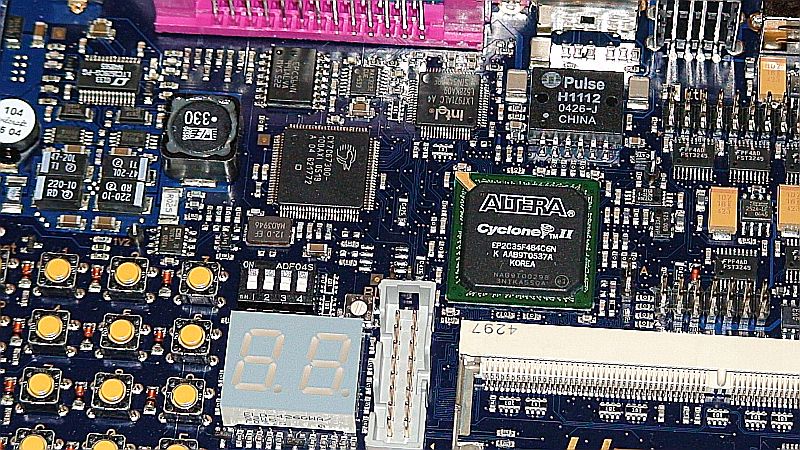 Music Box / MIDI Engine 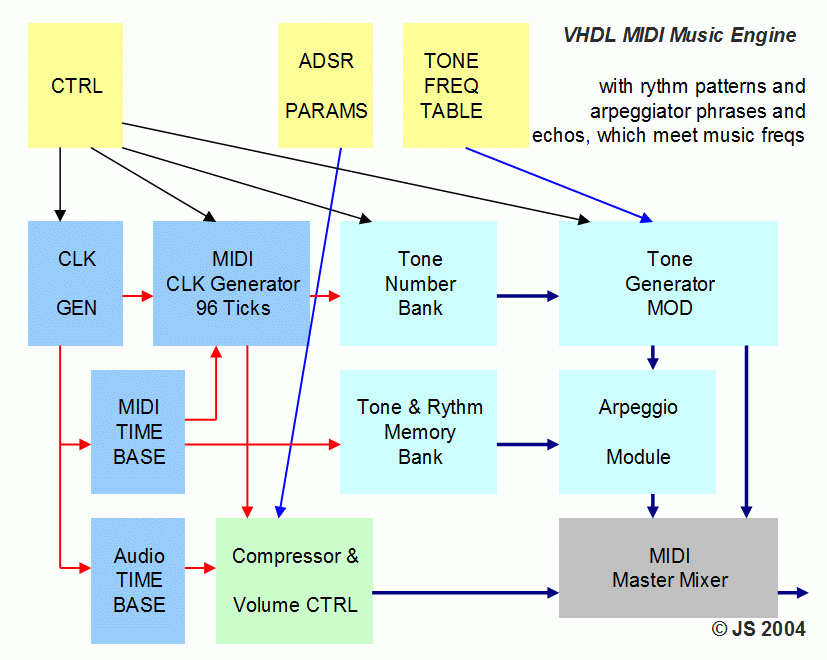 The Music Engine produces MIDI-like tone information, based on pre defined rhythm and tone patterns which are kept in a memory. Generation is partly done with algorithmic pattern generation using the algo-rhythm module. The tone notes are copied/doubled according to the ARP pattern, compressed in loudness and modified by the ADSR-module end then sent to the synth module synchronously. 255 Tone Levels = quarter Notes covering 127 MIDI Notes are available. Frequency Shifting can be applied by dynamic smoothed shifting. Synth Engine  The synthesizer takes the MIDI notes and produces audio signals for each midi channel from generic functions, tone banks, or DDS-based. Wave table is planned. The Synthesizer operates totally pipelined and with 100MHz clock speed and processes 1024 MIDI channels, 1024 oscillators and has full 1024 voices polyphony. attached audio processor engine 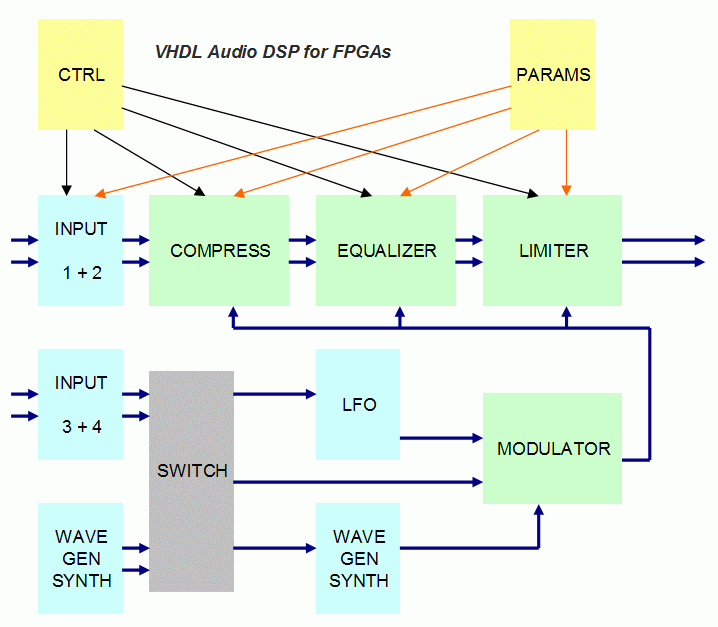 The DSP Engine performs audio processing compression, limiting and distortion like guitar effects and tube microphone amplifier. Also audio spectrum analysis can be performed through FFT. MIDI Routing Matrix 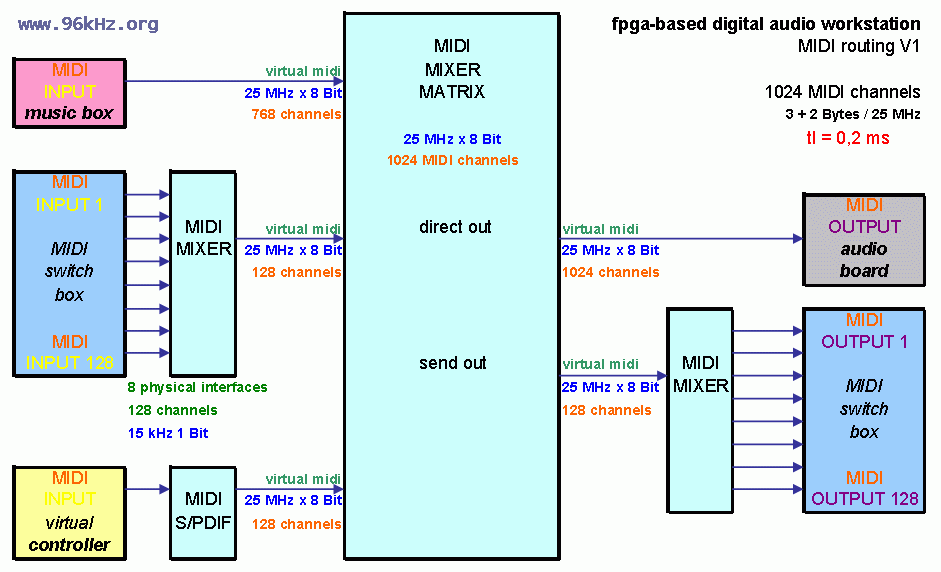 The different boards can are interlinked with LVDS parallel bus as well as S/PDIF like LVDS-connection using a virtual MIDI2S/PDIF-converter. With the complementary S/PDIF2MIDI, standard MIDI-interfaces can be linked. MIDI-send/MIDI-return is used to plug additional arpeggio boards, as well as real arpeggiators from hardware synthesizers. Also the audio dsp part can be controlled with the fire controller. In this audio workstation, I again use my 5Byte MIDI, containing additional time code and channel information. Routing information may be attached too. Also 10 Bit controller data can be sent instead of coarse 7/8Bit. The difference between the first and the last midi channel is only 0,2ms, when all channels are active. Typically 200-300 channels send and receive midi packets of 9-12 bytes in size per tone, so the latency is below 0,1ms. See a detailed article here: Enhanced MIDI Transmission Also MIDI echo can be produced rather than audio echo with midi delay effects on adjacent channels. Doing this at very high speed short reflections can be produced similar to room reverb. See my special protocol for details. Also arpeggio is possible with the channels. Unlike audio echo or normal arpeggio, the additional channels can use different parameters and voices and tunes. See MIDIARPDEMO.WMA The Synth may be controlled channel wise by the serial MIDI controller: DIY MIDI Controller  DIY AUDI MIDI Hardware 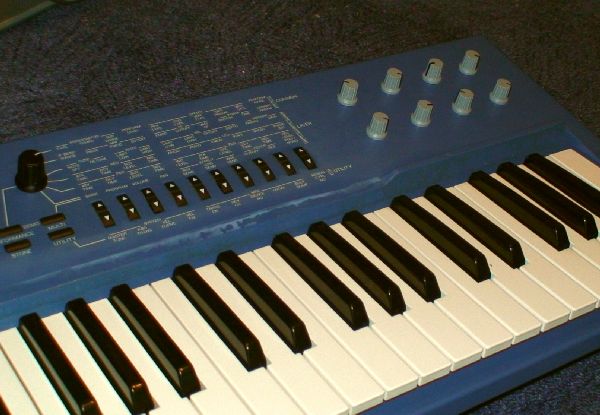 My modified Yamaha CS1X Synthesizer as MIDI-Controller 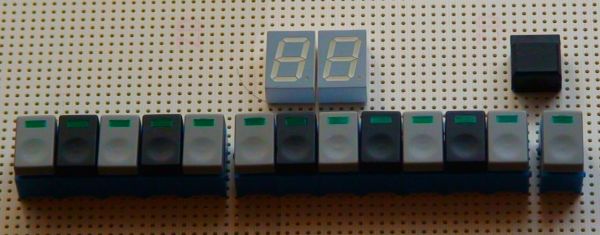 Direct Input Key Module / one octave 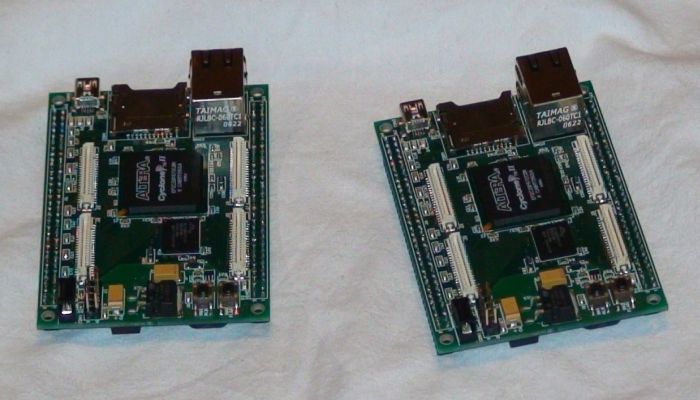 Extension boards with Cyclone II FPGA Graphical Spectrum Analyzer 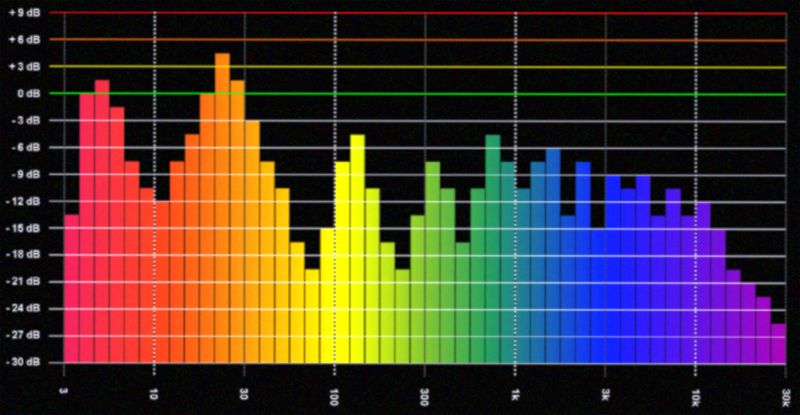 Large Scale Graphical Spectrum Analyzer with direct VGA output of Gleichmann FPGA board Click here for a VA-Implementation with NIOS Click here for the former Version (Spartan 3E) |
||
|
Full Stereo Digital IO Bus No typical MIDI Delay because of high bandwidth 1024 oscillators 1024 voices 1024 midi channels 96 kHz Audio DSP Sound Demos arpeggio with midi delays Attention: Because of many downloads, the number of demos have been reduced |
|||
|
|
|||
© Jürgen Schuhmacher 2006